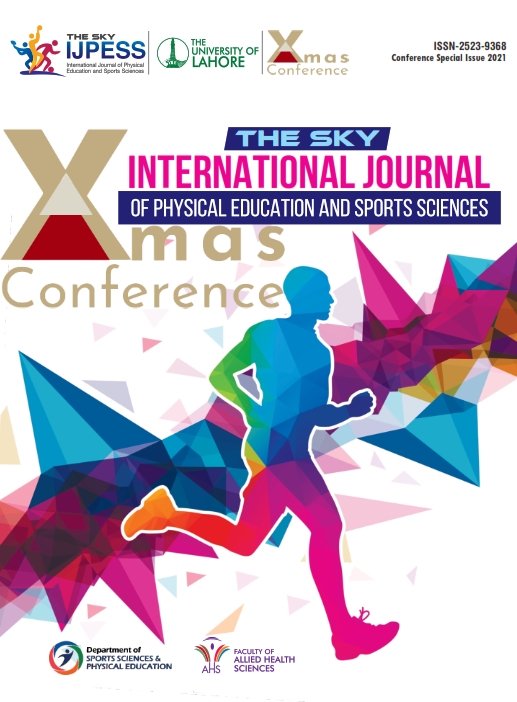TESTS FOR ASSESSING ACCURACY IN BASKETBALL - A SYSTEMATIC REVIEW
DOI:
https://doi.org/10.51846/the-sky.v0i0.2181Keywords:
Basketball, Accuracy, TestAbstract
Basketball is a sport where the success of sports performance is reflected in the possession of technical-tactical and motor skills. Basketball shooting, which is closely related to accuracy, was previously recognized as the most frequently used and most important technique in the game. When it comes to precision, in basketball we talk about situational precision, which is seen as an integral part of technique, and it is necessary to evaluate and develop it in this way. For this reason, precision screening is a very important parameter when developing a training program. The following index databases were used to collect adequate literature: GoogleScholar, PubMed, MEDLINE. During the search, the following keywords were used: basketball, accuracy, tests, baskteball, accuracy, testing, shooting tests. During the analysis and evaluation of the research, 16 researches were selected that corresponded to the topic and were included in the research. All 16 studies completely met the inclusion criteria. It can be concluded that the most frequently applied measuring instruments/tests in assessing the accuracy of basketball players are: shooting from the free throw line in 60 seconds, dynamic test of free throws in 60 seconds, jump shot tests in static and dynamic conditions, test of throwing from the free throw line, but also throwing from the left and right side of the free throw line, i.e. in the 2-point area, as well as the throw/jump shot test from the 3-point line.
Downloads
Published
How to Cite
Issue
Section
License
Copyright (c) 2022 Srđan Prodanović, Goran Jelaska, Marta Tomljanović

This work is licensed under a Creative Commons Attribution-ShareAlike 4.0 International License.
Authors retain copyright of their work and grant THE SKY-International Journal of Physical Education and Sports Sciences the right to publish it under a Creative Commons Attribution-ShareAlike 4.0 International License (CC BY-SA 4.0). This license permits sharing, adaptation, and redistribution of the work, provided proper attribution is given to the authors.
Authors may distribute the journal’s published version (e.g., in repositories, books, or other platforms) non-exclusively, with acknowledgment of its original publication here.
Authors are encouraged to share their work publicly (e.g., on personal websites or institutional repositories) to foster scholarly exchange.








